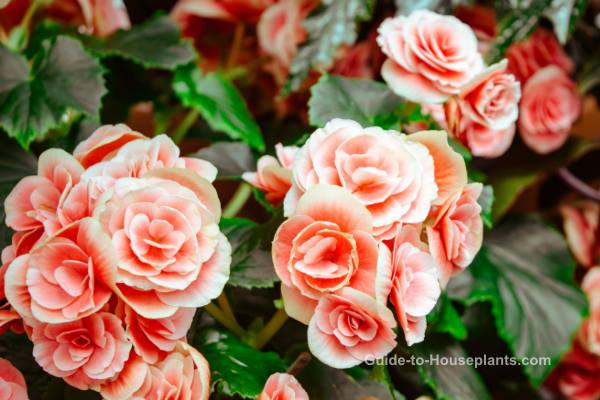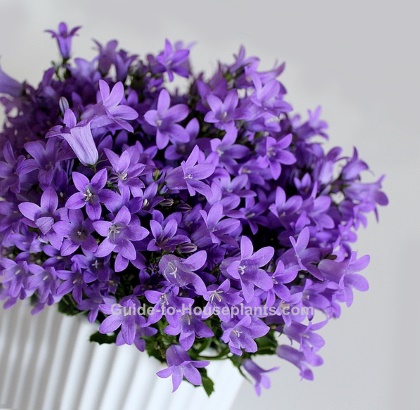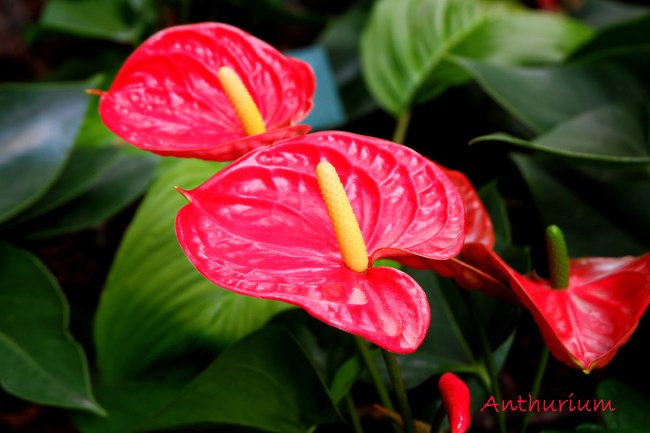Spider Lily Care
Botanical Name: Hymenocallis littoralis
Elegant, pristine white flowers make Spider Lily plant a joy to grow indoors. This not-well-known member of the Amaryllis family has long, slender segments that radiate from a round center, giving the whole bloom a spider-like look.
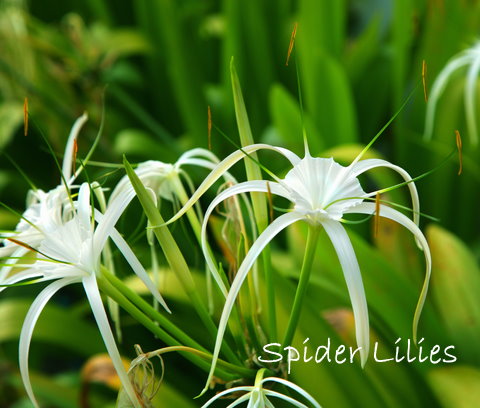
The flowers are delightfully fragrant, with up to 8 flowers blooming on each flower stalk at a time.
These types of lilies are sometimes called Beach Spider Lily. Natives to the tropics and subtropics, they like sun, surf and sand.
This may help you to remember how to take care of these beautiful lilies. Give them plenty of water throughout the growing season, add sand to the soil for fast drainage and find a spot where they'll get several hours of bright, filtered light.
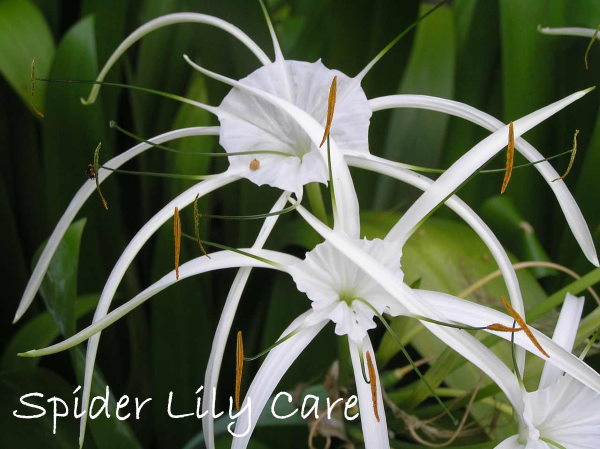
Overwintering spider lilies indoors will protect this frost-tender plant. If you move your plant outdoors for the summer, bring it back indoors when the temperature drops to 55°F/13°C at night. Cut back on water in winter when growth slows, keeping the potting medium barely moist until new growth begins.
Repot in spring when you see new growth, and only when it gets too crowded, probably every 4 years or so. This tropical lily flowers best when potbound.
Buying a plant? Spider lily bulbs are rare, but you can sometimes find them at nurseries and online flower delivery sites. These amaryllis relatives are just as easy to grow, and well-worth seeking. Although only summer-bloomers, they add a lot of character to your house plant collection.
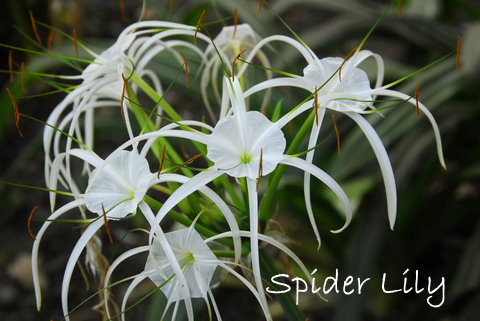
Spider Lily Care Tips
Origin: Central America and Southern Mexico
Height: Up to 3 ft (90 cm)
Light: Bright indirect sunlight. Spider lilies thrive in warm, sunny locations. Moving your plant outdoors for the summer will give it the light it needs to grow and bloom.
Water: Water generously throughout the growing season, keeping the soil evenly moist. Cut back in winter, watering just enough to prevent the soil from drying out completely.
Humidity: Maintain relative humidity around 40-50%. If indoor air is dry, use one of these easy ways to increase humidity around your plant.
Temperature: Warm 70-85°F/21-29°C during active growth; minimum winter temperature of 60°/16°C
Soil: 3 parts all-purpose potting mix: 1 part horticultural sand
Fertilizer: Feed every 2 weeks in spring and summer with a balanced liquid fertilizer diluted by half.
Propagation: Division of bulbs. Separate offsets from the parent bulb in spring and pot them up. Water newly potted bulbs sparingly for the first month or until you see new growth.
